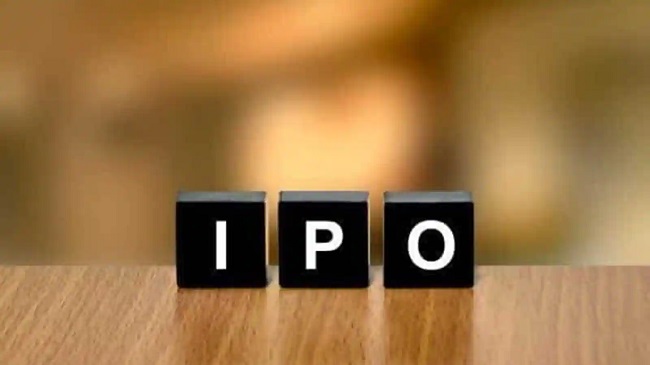It’s possible that the market for initial public offerings in 1992 was a highly publicised late-1980s astrological flop.
According to the man who came up with the idea, the so-called harmonic convergence was billed as a special planetary alignment that would enable a “unprecedented amount of energy to converge in one place and harmonise with itself.”
But despite many people humming and holding hands, the event was largely a failure.

Alignment of Market Forces
In contrast, the IPO market of last year saw a very harmonious and, oh, so satisfying alignment of market forces.
Read Also:
As a result, 598 corporations raised $39.4 billion through new stock offerings, shattering the previous record of $25.1 billion set by 402 companies in 1991. Almost one-fourth of 1992’s offerings were filed by financial institutions like banks and investment funds.
Non-Financial Issuers
The average sale for non-financial issuers was $202 million. Not that smaller companies were barred from the market. A total of $518 million, or an average of $12.3 million, was raised by 41 companies with sales of less than $1 million.
The average amount attracted by eight businesses with no sales was $9.8 million. Low interest rates and a bull market for small-capitalization stocks, which started in early 1990, were the two main factors that combined to such a galactic effect.
A strong supply of formerly private companies that liked the market’s rate-driven, sky-high price-to-earnings ratios met the high investor demand for small-cap IPOs.
The market was open to large industrial IPOs, including more than 20 reverse leveraged buyouts (once-public companies that went public again, paid down debt that was piled on to take them private, and made tidy fortunes for the principals), when the first signs of an economic recovery appeared in January 1992.
Interest in Biotechnology
The first quarter saw a spike in interest in biotechnology and healthcare issues, but in the second, as Bill Clinton’s presidential campaign against exorbitant drug and healthcare costs became increasingly likely, these topics started to cool.
Irrelevant really. The market was able to get through a summer slump thanks to $9.8 billion in new stock offerings, which included such high-flying issues as CrossCom (#40), which gained 120 percent, and coffee marketer Starbucks (#93), which increased 117.6 percent by year’s end.
Small businesses typically don’t issue a large number of shares, so in the fourth quarter, demand for their stocks skyrocketed prices. The top-performing IPO was Lone Star Steakhouse, one of 15 restaurant offerings, which sold for 165 times earnings and 457 percent more than its initial offering price of 63/4.
High-Technology Stocks
Market watchers were not surprised to see the variety of high-technology stocks that once again shone brightly in 1992’s constellation of IPOs. Simply reflecting what has been happening in their own offices, the focus on computer networking issues was apparent.
Additionally, five gambling-related offerings were made possible by changes to local laws, including Casino Magic, a wager that paid out 360 percent before the new year.
Read Also:
Conclusion
Overall, new issues performed well in 1992. The performance of each IPO’s stock during the first six months is tracked by Standard & Poor’s New Issues Index, which increased by 29.4%.
It was a year, in all those dimensions, that you might not see again for a very long time, underwriter David DiPietro warns. His employer, Alex. Brown & Sons, and other investment bankers who made $2.4 billion in fees last year must be saddened to hear that.
















